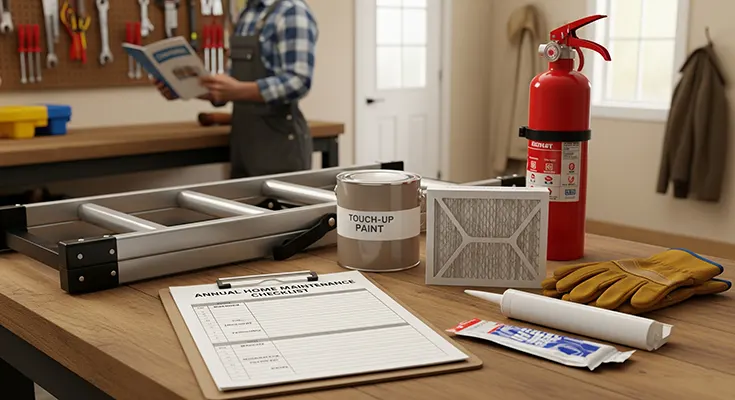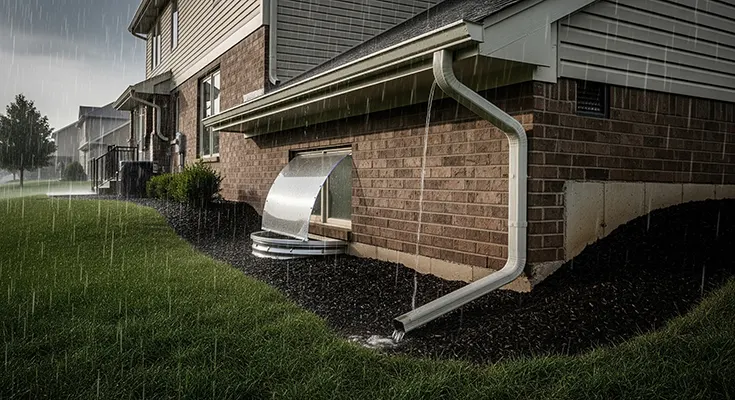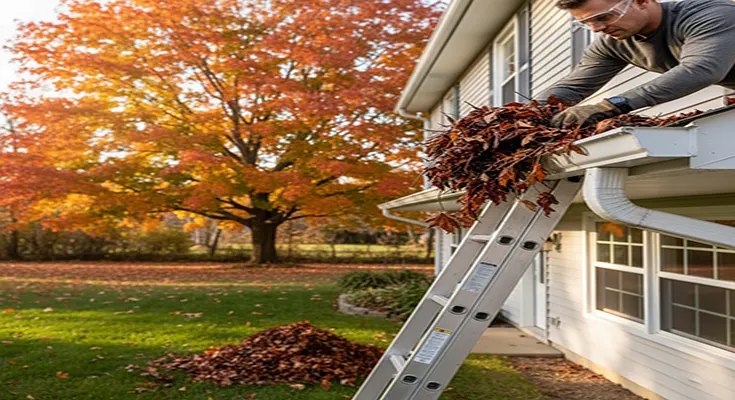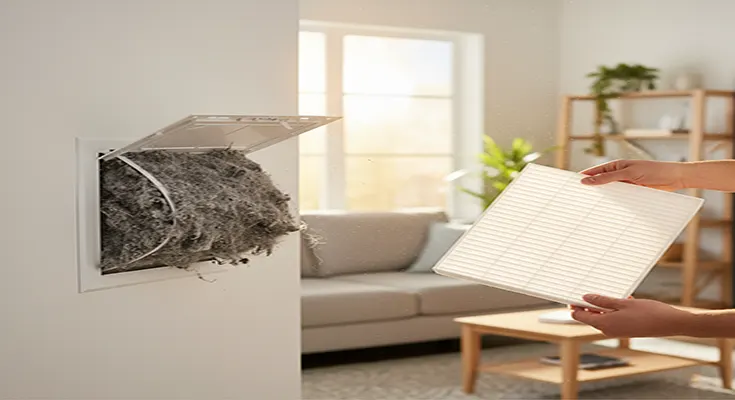
The Homeowner’s Handbook: Essential Annual Home Maintenance Checklist for First-Time Homeowners
Congratulations on becoming a first-time homeowner! You’ve secured your biggest investment, and now the real work—and reward—of ownership begins. Unlike renting, keeping your home in top shape falls entirely on you. Deferred maintenance is the single biggest threat to your property’s value and can lead to costly emergency repairs.
To help you protect your investment and maintain a safe, comfortable home, here is your essential annual home maintenance checklist, broken down into seasonal, actionable tasks.
1. Spring: The Post-Winter Thaw & Exterior Check
Spring is the time to recover from the harshness of winter and focus on your home’s envelope (roof, gutters, siding, and foundation).
| Task Category | Action Item | Why It’s Essential |
| Roof & Gutters | Clean Gutters and Downspouts. Clear all leaves and debris. Check for leaks and ensure downspouts direct water at least 5-10 feet away from the foundation. | Prevents water from pooling, which can cause roof, siding, |




